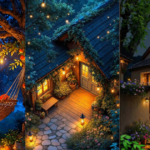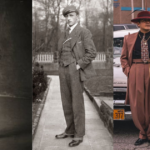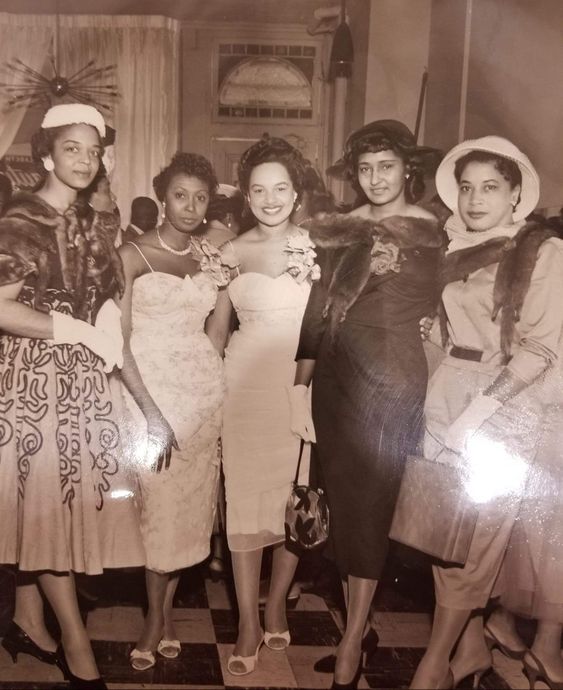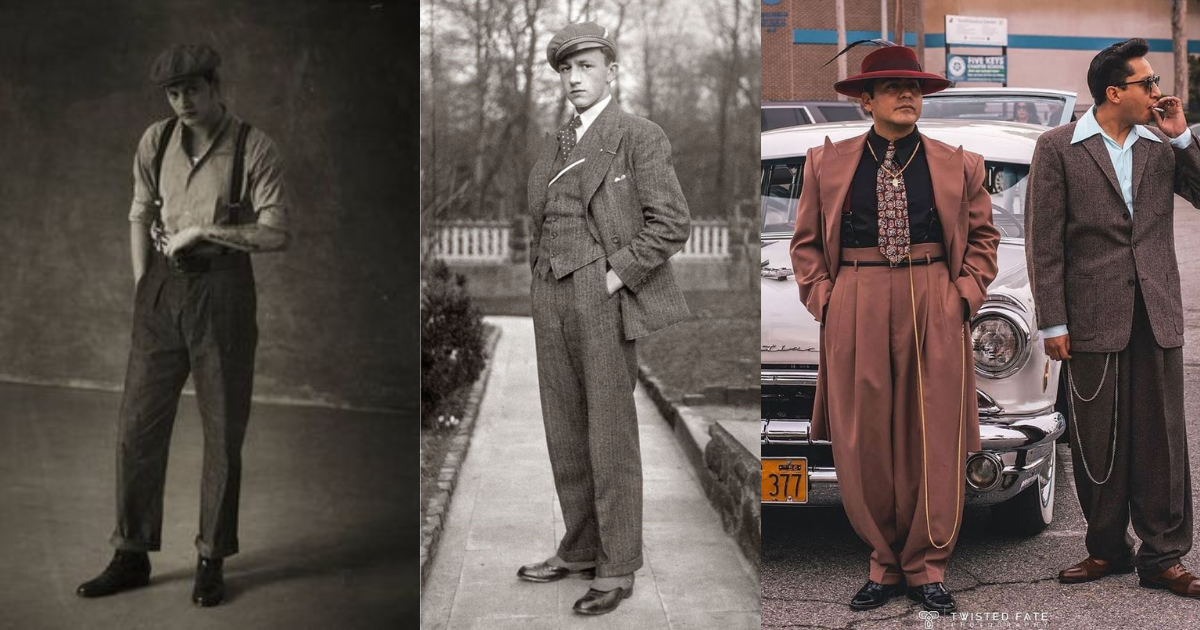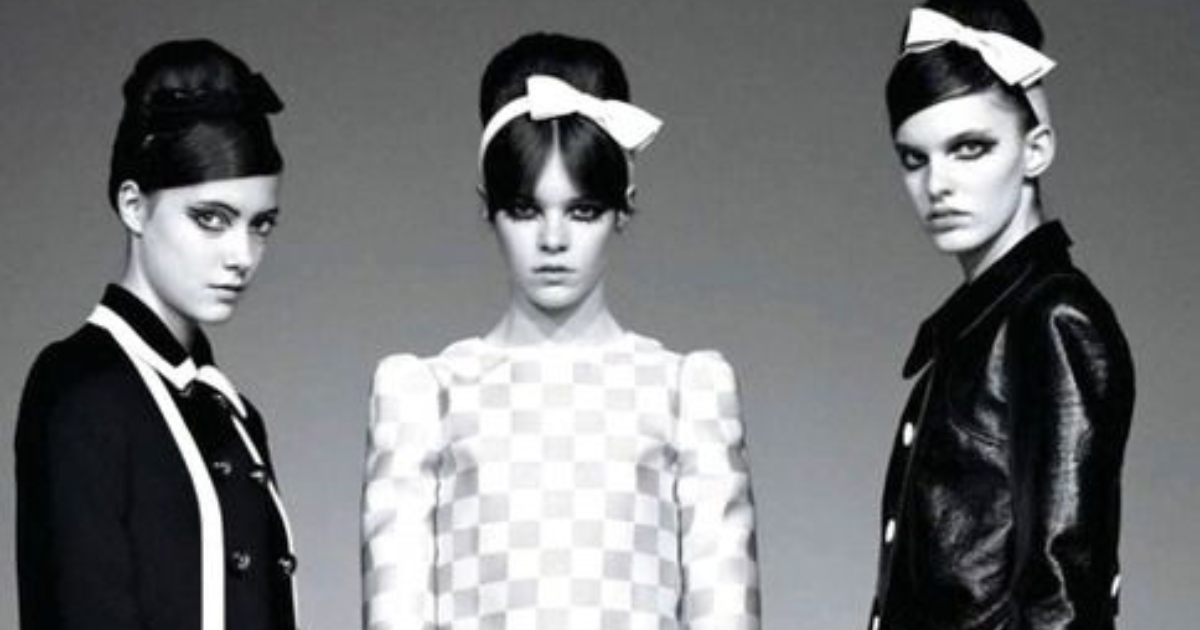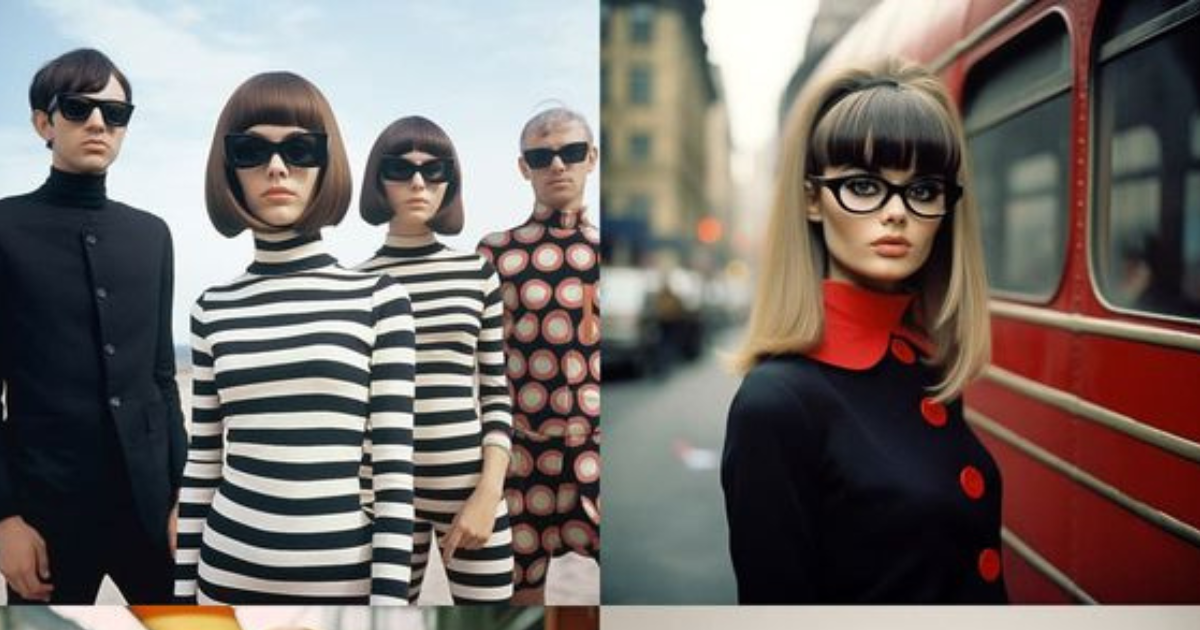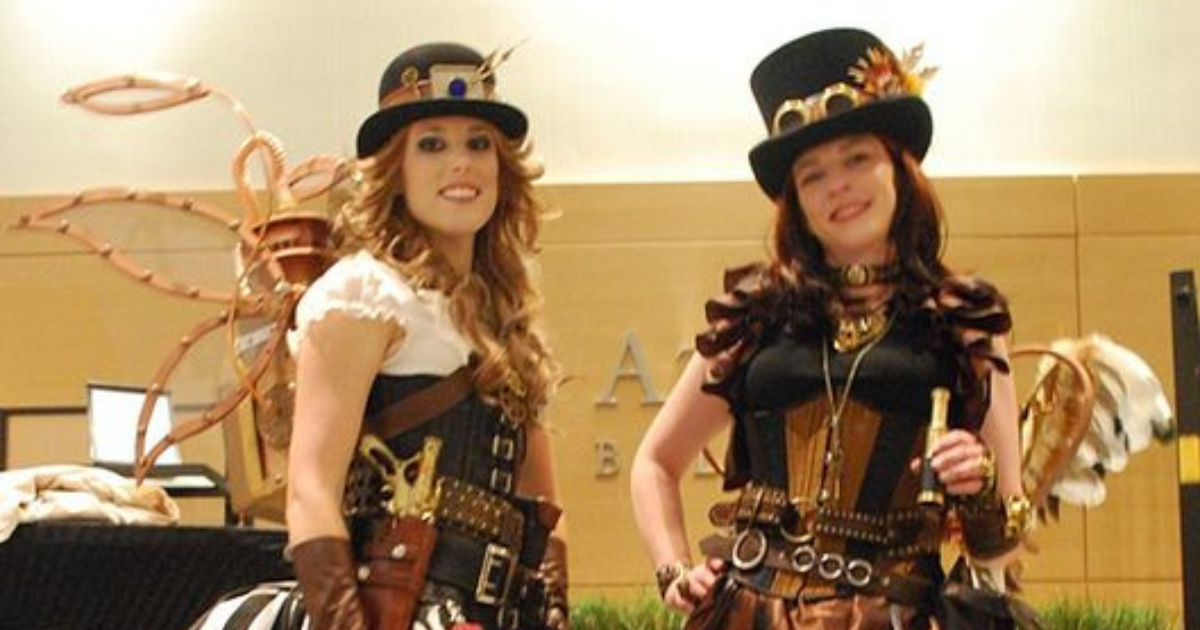The 1950s, an era filled with elegance, poise, and a dash of rebellion. It was a time when Black women defied the norms and redefined fashion. “In a world full of trends, I want to remain a classic,” said the iconic Audrey Hepburn, and indeed, Black women in the 1950s personified this classic elegance in their own unique way.
In this journey through time, we’ll delve into the world of 1950s Black women’s fashion, where grace met glamour and style was a powerful form of expression. From iconic figures who wowed the world with their charisma to everyday fashion and the impact on modern style, we’ll unveil the allure of this remarkable era. Let’s step back in time and explore a world where fashion wasn’t just about clothing; it was about making a statement.
Historical Context
The 1950s in the United States was a time of significant social and cultural change. Coming on the heels of World War II, the country was undergoing a period of economic prosperity. However, this prosperity wasn’t equally distributed, especially for Black women who still faced segregation and racial discrimination. Despite these challenges, this period laid the foundation for the Civil Rights Movement, and Black women played pivotal roles in it.
Fashion became a powerful tool for Black women in the 1950s. It wasn’t just about looking good; it was a means of self-expression and empowerment. In a society that often marginalised them, fashion allowed Black women to assert their identity, challenge stereotypes, and express their unique style.
Clothing Trends of 1950s black women’s fashion
The 1950s was a fashion renaissance, where silhouettes, fabrics, and colours combined to create a unique style that’s still revered today.
- Silhouettes: One word: “hourglass.” The 1950s embraced the curvaceous silhouette, cinching the waist and highlighting the bust and hips. Pencil skirts and full-circle skirts were all the rage, accentuating the feminine form.
- Fabrics: Luxurious fabrics like satin, silk, and tulle were in vogue, giving dresses an air of opulence. Cotton and rayon were also widely used for everyday wear, emphasising both comfort and style.
- Colours: Pastels ruled the day, with soft pinks, blues, and yellows adorning dresses. However, bold and contrasting colour combinations were equally popular. Think red and white polka dots or black and white gingham.
Hair and Beauty
In the 1950s, beauty standards were shaped by Hollywood starlets, and hairstyles were no exception.
- Hairstyles: Picture the classic “victory rolls” and bouffants. These iconic hairstyles defined the era. Women set, teased, and sprayed their hair into gravity-defying shapes. It wasn’t just about looking polished; it was a statement of confidence and style.
- Beauty Standards: Pale skin, perfectly arched eyebrows, and red lips were the go-to look. The era embraced a more refined, glamorous aesthetic. It was about presenting yourself as poised and put-together.
Iconic Figures
The 1950s Black women’s fashion were graced by the presence of remarkable who didn’t just follow fashion; they set the standards.
- Dorothy Dandridge: Dorothy was more than just a Hollywood beauty; she was a trailblazer. As the first Black woman to be nominated for an Academy Award for Best Actress, she captivated audiences not only with her acting but also her style. Known for her signature off-the-shoulder gowns and impeccable poise, Dandridge was a fashion icon of her time.
- Lena Horne: Lena Horne’s name was synonymous with elegance. Her voice was as smooth as her style. She was an early advocate for Black pride in fashion. She often wore gowns designed by Black designers and made a statement by challenging the prevalent beauty norms of her time.
- Josephine Baker: Josephine Baker was the embodiment of both grace and rebellion. Known for her exotic, barely-there dresses and her banana skirt, Baker took fashion to the extreme. Her daring style wasn’t just about glamour; it was about challenging conventions and breaking barriers.
Challenges and Triumphs
The 1950s was a tumultuous time, and Black women in the fashion industry faced their share of hurdles.
- Segregation: The spectre of segregation loomed large. Black women were often excluded from mainstream fashion events, forcing them to create their own spaces. They couldn’t try on clothes in certain stores, let alone model them on the runway. The fashion world was, regrettably, divided.
- Discrimination: Discrimination was a daily battle. Black models and designers were underrepresented and underpaid. In many cases, they had to bring their own makeup to photo shoots because it wasn’t available for their skin tones. Their talent and creativity were frequently overshadowed.
Triumphs and achievements
Despite the odds stacked against them,the 1950s Black women’s fashion scene left an indelible mark.
- Breaking Barriers: They broke barriers in an era when breaking a sweat was seen as unladylike. Groundbreaking models like Dorothea Towles Church and Helen Williams paved the way for future generations of Black models. They made it possible for women like Naomi Campbell and Tyra Banks to shine on international runways.
- Designing Dreams: Black designers like Ann Lowe, Zelda Wynn Valdes, and Arthur McGee found their places in the fashion world. Ann Lowe even designed Jacqueline Kennedy’s wedding dress. Their designs celebrated Black culture and craftsmanship, influencing generations to come.
- Resilience and Creativity: Black women’s resilience and creativity led to the emergence of the Ebony Fashion Fair, a travelling fashion show created by Eunice Johnson. This show featured Black models and designers and broke racial barriers. It was a triumph of creativity over discrimination.
Conclusion:
In the world of 1950s Black women’s fashion, we’ve embarked on a journey through time, exploring an era where grace and glamour knew no boundaries. Against a backdrop of social upheaval, remarkable Black women left an indelible mark on fashion, courageously defying segregation and discrimination. Iconic figures like Dorothy Dandridge, Lena Horne, and Josephine Baker epitomised the elegance and individuality that continue to inspire us today. The clothing trends of the era, celebrated for their timeless silhouettes, luxurious fabrics, and vibrant colours, became the canvas upon which Black women painted their unique stories of resilience and style.


